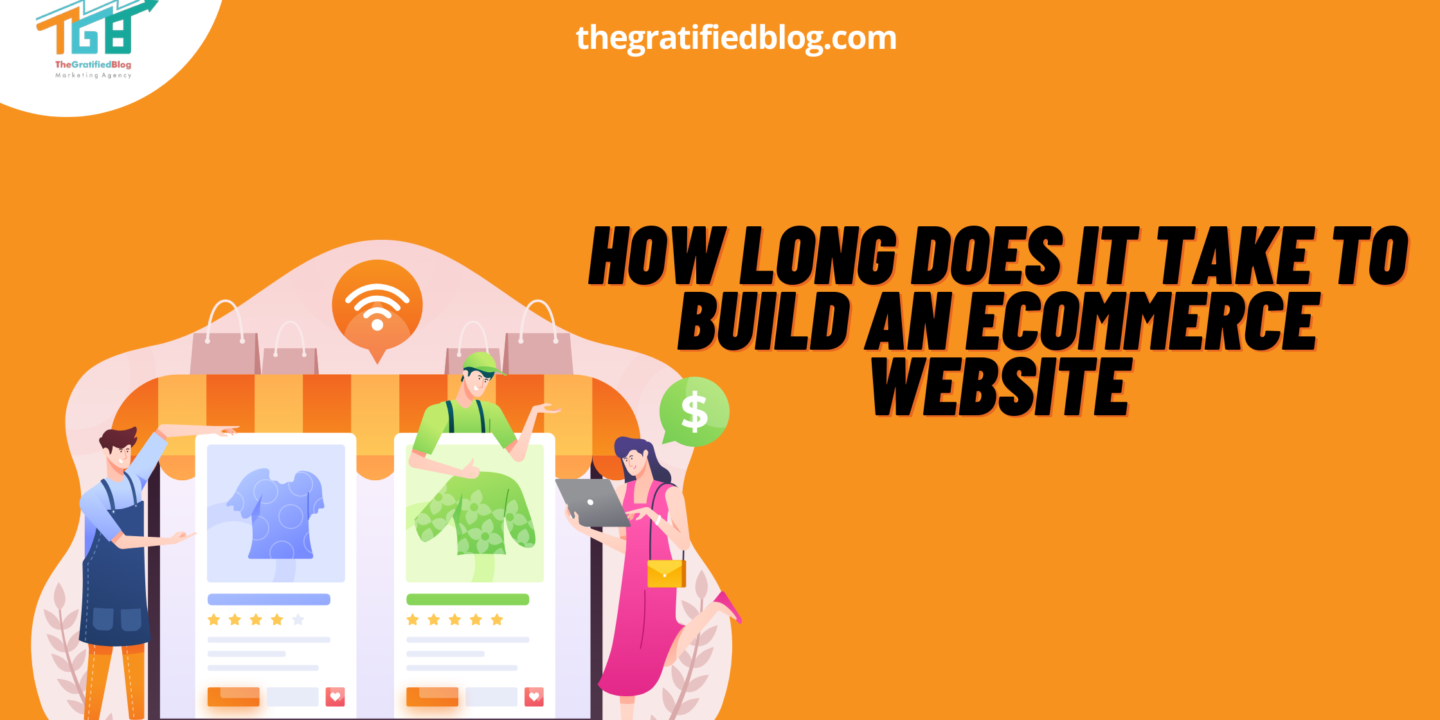
“How long does it take to build an Ecommerce website?” is a question that often lingers in the minds of entrepreneurs navigating the dynamic landscape of online business. In today’s fast-paced world, where online shopping has seamlessly woven itself into the fabric of our daily routines, the importance of a well-crafted and functional e-commerce website cannot be overstated. As businesses strive to thrive in this digital realm, understanding the timeline involved in creating an e-commerce website becomes a crucial aspect of strategic planning.
In this blog, we’ll delve into the various stages of website development and provide insights into the factors that influence the time it takes to build an effective e-commerce platform. Join us on this exploration of the intricate journey from conception to launch in the realm of online entrepreneurship.
Understanding The Components Of An Ecommerce Website
Before we delve into the timeline, it’s essential to understand the critical components of an ecommerce website. These components are pivotal in shaping the development duration:
- Design: The design phase involves creating the website’s Design, user interface, and overall aesthetic, including selecting color schemes, typography, and imagery. Good design is critical for attracting and retaining customers.
- Development: Development is the stage in which tangible coding and programming occur. This encompasses setting up the website’s functionality database and incorporating it with payment gateways and additional services.
- Content: Ecommerce websites require product descriptions, images, and other content. The time needed to gather, create, and input this content can vary greatly depending on the number of products and their complexity.
- Testing: Rigorous testing is essential to ensure the website functions smoothly. This includes checking for bugs, performance issues, and security vulnerabilities.
- Optimization: Once the website is built and tested, it often requires optimization for speed, SEO (Search Engine Optimization), and mobile responsiveness.
- Launch: The launch phase entails launching the website on a live server, making it accessible to the public.
- Post-launch: After the website is live, ongoing maintenance, updates, and marketing efforts may be needed to attract customers.
How Long Does It Take To Build An Ecommerce Website?
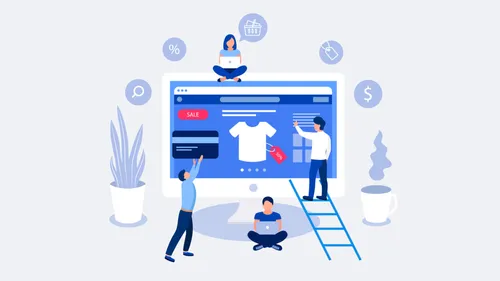
Estimating the time required to build an e-commerce website is essential, and it involves breaking down the process into stages, each with its timeline. These typical stages in building an e-commerce website may include:
- Project Planning
The first and most crucial phase of building an e-commerce website is project planning. The time spent in this phase directly affects the project’s overall timeline. You must define your project’s scope, objectives, and requirements during this stage. This includes identifying your target audience, choosing an appropriate platform, and deciding on the essential features your website will have. Depending on the complexity of your project and the extent of planning required, this phase can take anywhere from a few days to a few weeks.
- Platform Selection
Selecting the appropriate e-commerce platform is a pivotal decision in the development process. Several e-commerce platforms are available, each with its features and capabilities. Some popular options include Shopify, WooCommerce, Magento, and BigCommerce. The time it takes to select a platform depends on how familiar you are with these options and how well they align with your project requirements.
For instance, if you already have experience with a specific platform and it meets most of your needs, the selection process can be relatively quick. However, if you’re new to e-commerce or require a more customized solution, you may spend more time evaluating the different platforms and their suitability for your project. On average, the platform selection phase can take anywhere from a few days to a few weeks.
- Design And User Experience
The e-commerce website’s design and user experience significantly affect its success. Creating an appealing, user-friendly, and responsive design is essential for engaging and retaining customers. The design phase typically includes wireframing, prototyping, and visual design creation.
The duration of the design phase may fluctuate depending on the intricacy of your website’s design, the number of pages, and the level of customization required. A simple design for a small e-commerce site might take a few weeks, while a more complex design for a sizeable enterprise-level platform could take several months.
- Development
In the development phase, tangible coding and programming take place. Take place. It involves turning the design and features of your e-commerce website into a functional reality. The time required for development depends on the complexity of your project, the number of features you want to implement, and the size of your development team. A small website with basic functionality can be developed in weeks, while a large-scale, feature-rich e-commerce platform might take several months.
Additionally, if you use an existing e-commerce platform like Shopify or WooCommerce, the development time can be shorter because you can leverage their pre-built functionalities. However, if you are developing a custom e-commerce solution from scratch, it will take more time.
- Content Creation
Crafting high-quality content is an essential element in e-commerce website development. This includes product descriptions, images, videos, and other media that will be featured on your site. The duration required for content creation relies on the number of products you offer, the complexity of your products, and your content creation process.
For example, if you have a small inventory of products with straightforward descriptions, content creation may take a few weeks. On the other hand, if you have a vast and diverse product catalog that requires extensive content, this phase can extend to several months.
- Integration And Testing
Once the development phase is complete, it’s essential to integrate various components and test the website thoroughly. This phase includes integrating payment gateways, shipping options, inventory management, and third-party services or plugins. Testing is critical to ensure your website functions as expected and is free of bugs or issues.
The duration of integration and testing can vary significantly. A primary e-commerce site with limited integrations may take a few weeks. In contrast, a more complex site with numerous integrations and extensive testing requirements can extend the timeline to a few months.
- Search Engine Optimization (SEO)
Search Engine Optimization (SEO) is crucial to guaranteeing that your e-commerce website is visible to potential customers in search engine results. SEO involves keyword research, on-page optimization, meta tags, and other strategies to improve your website’s search engine rankings. Depending on the level of competition in your industry and the size of your website, the SEO phase can take several weeks to several months.
- Security And Compliance
E-commerce websites manage sensitive customer data and financial transactions, necessitating security and compliance. Ensuring your website is secure and complies with established standards like the Payment Card Industry Data Security Standard (PCI DSS) is crucial. The time needed for security and compliance measures may vary depending on your website’s complexity and the scope of required security features.
- User Training And Documentation
Training your team on managing and maintaining the e-commerce website is crucial for long-term success. Additionally, creating documentation that outlines procedures for routine tasks and troubleshooting is essential. The length of this phase is contingent upon the intricacy of your website and the level of training and documentation required.
- Launch And Post-launch Activities
The launch of your e-commerce website is a significant milestone. However, it’s not the end of the project; there are several post-launch activities to consider. These activities include monitoring the website’s performance, making necessary adjustments, and optimizing for better results.
Factors Influencing The Timeline
Several factors can influence the timeline for building an e-commerce website:
Project Complexity: The greater the complexity of your project, the longer it will take. A simple e-commerce website with a few products and basic functionality will be faster to develop than a large-scale, feature-rich platform with multiple integrations and custom features.
Team Size and Expertise: The size and expertise of your development team play a vital role in determining the project’s completion timeline. A larger, more experienced team can work more efficiently and tackle complex tasks faster.
Customization: The customization required for your website can impact the timeline. Building a custom solution from scratch takes longer than using an existing e-commerce platform with pre-built features.
Content Volume: The amount of content you need to create, including product descriptions, images, and videos, can significantly affect the timeline. A more extensive product catalog requires more time for content creation.
Integration Complexity: Integrating third-party services, payment gateways, shipping options, and other functionalities can add complexity to the project and extend the timeline.
Testing and Quality Assurance: Rigorous testing and quality assurance are essential to ensure a bug-free and functional website. The more thorough the testing process, the longer it will take.
Regulatory Compliance: Meeting regulatory requirements, especially in highly regulated industries, can extend the timeline as additional steps and documentation are needed.
Project Management: The efficiency of project management is essential for keeping the project on schedule. Ineffective project management can result in delays and missed deadlines.
Tips To Expedite The E-commerce Website Development Process
While the timeline for building an e-commerce website can vary based on the factors mentioned, various strategies are available for accelerating the process:
- Plan Thoroughly: Invest time in the project planning phase to ensure all requirements are well-defined. A clear project scope and detailed specifications will help streamline the development process.
- Use Existing E-commerce Platforms: Leveraging existing e-commerce platforms like Shopify, WooCommerce, or BigCommerce can significantly reduce development time as they offer pre-built features and integrations.
- Optimize Content Creation: Implement efficient content creation processes, use product information management systems, and consider outsourcing content creation if necessary to speed up the content development phase.
- Prioritize Features: Initially, focus on implementing essential features and add advanced features in later development phases. This approach can get your website up and running faster.
- Agile Development: Consider using agile development methodologies, which involve iterative development and testing, allowing you to launch a minimal viable product (MVP) faster and continue improving it over time.
- Choose An Experienced Team: Hiring an experienced development team or agency with a track record in e-commerce can help ensure a more efficient and on-time project.
FAQ’S
Q1. What Is The Average Cost To Build An Ecommerce Website?
Ans: The average cost to build an eCommerce website can differ significantly based on various factors. Primary eCommerce sites can cost between $2,000 and $5,000, but more complex projects with custom features and high-quality design can range from $10,000 to $50,000.
Additional expenses may include hosting, domain registration, and ongoing maintenance. Planning and budgeting carefully, considering your specific needs and goals, is essential to determine the exact cost for your eCommerce website project.
Engaging the services of a skilled web development team can also impact costs, so quality and expertise are significant in the overall investment.
Q2. How Long Does It Take To Build A Successful Online Store?
Ans: The time it takes to build a successful online store can vary widely depending on several factors. First, developing a well-thought-out business plan and choosing a niche is essential.
The website development can take weeks or months, depending on the complexity. Marketing and customer acquisition strategies may require several more months to gain traction.
In general, expect it to take at least a year of dedicated effort before an online store achieves significant success. Still, this timeline can vary based on your niche, marketing efforts, and other variables.
Conclusion
Building an e-commerce website is a multifaceted process that can vary significantly based on project complexity, team expertise, customization, and other factors.
While providing an exact timeframe for every e-commerce project is challenging, understanding the various phases and factors that influence the timeline can help you plan and manage your project more effectively.
By investing time in thorough project planning, making informed decisions, and optimizing various phases of development, you can work towards building a successful e-commerce website within a reasonable timeframe.
Ultimately, the goal is not just to complete the project quickly but to ensure that your e-commerce website is well-designed, secure, and capable of delivering a seamless shopping experience.



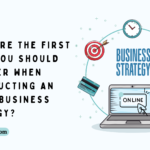

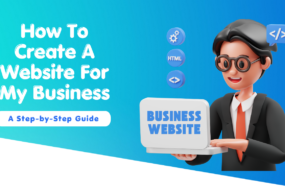
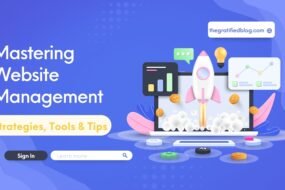
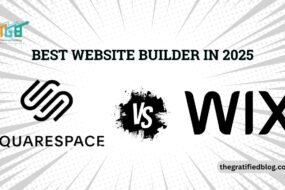
No Comments